Have you ever wondered why restaurant-style indian bread recipes taste so incredible while yours fall flat? I've been there too; standing in my kitchen, holding a rubbery chapati that could double as a frisbee! After years of experimenting and learning from grandmothers across India, I've cracked the code to making authentic indian bread recipes that'll make your family think you've secretly installed a tandoor in your backyard. Whether you're craving soft, pillowy naan or crispy, golden poori, these indian bread recipes will become your new kitchen superpowers.
Trust me, once you master these indian bread recipes, you'll never look at store-bought flatbreads the same way again. From the bustling streets of Delhi to the coastal kitchens of Kerala, Indian breads are the heart and soul of every meal; they're not just food, they're edible spoons that scoop up curries, dals, and sabzis with pure joy. Let's dive into these time-tested techniques that'll transform your cooking game forever.
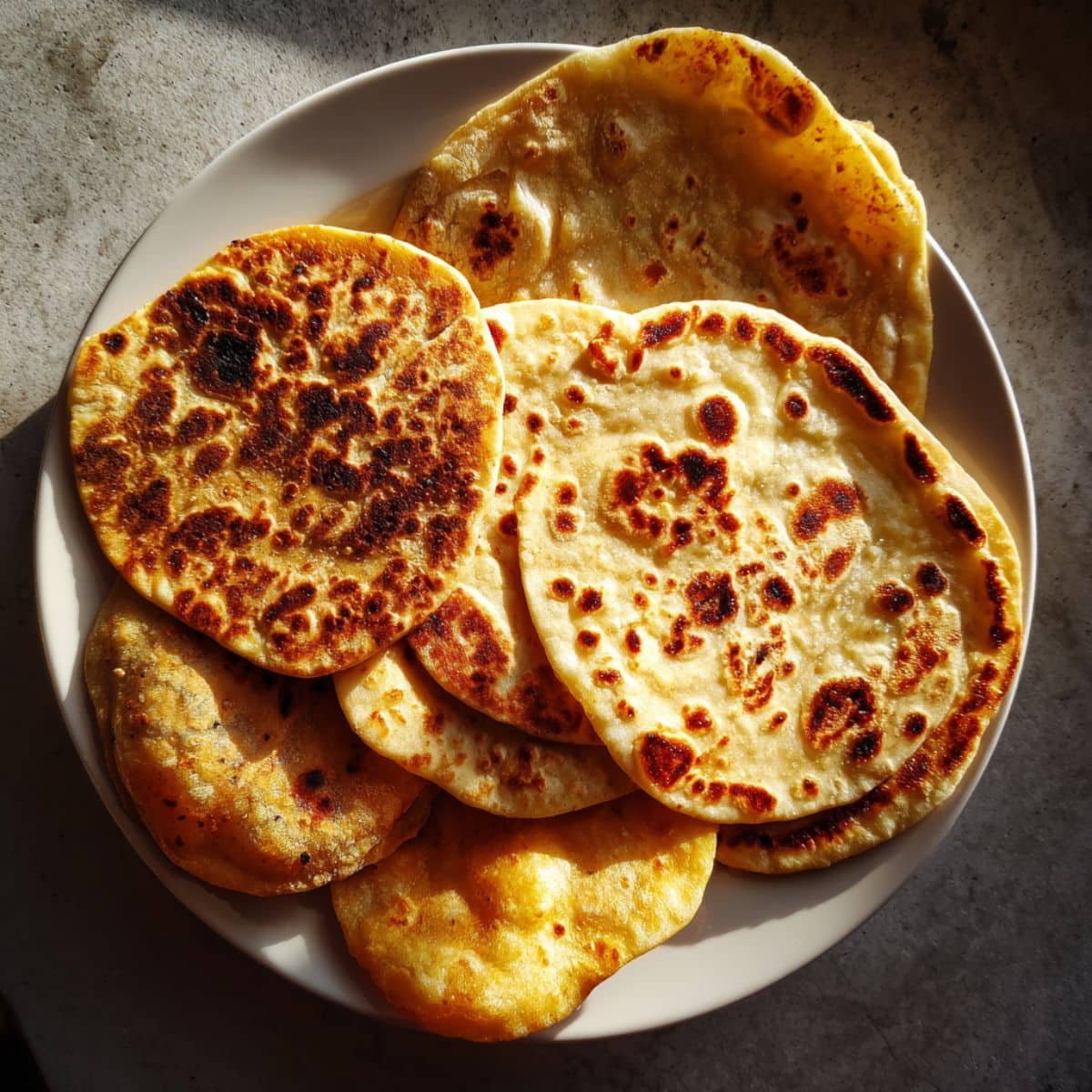
The Heritage Behind Indian Flatbreads & Why These Recipes Stand Out?
Indian bread recipes have been passed down through generations, with each region adding its own magical twist to these everyday staples. What makes these recipes truly special is their incredible versatility; you can whip up a simple roti for weeknight dinners or create elaborate stuffed parathas for festive celebrations. The beauty of indian bread recipes lies in their simplicity; flour, water, and heat transforming into something that brings families together around the dinner table. These aren't just recipes; they're edible stories that connect us to centuries of culinary wisdom.
What sets these indian bread recipes apart from other flatbreads around the world is the technique and the soul baked into every fold and roll. Unlike sandwich bread or tortillas, traditional indian bread recipes require specific hand movements, temperature control, and timing that create those characteristic bubbles, layers, and textures. The secret isn't in fancy equipment or exotic ingredients; it's in understanding how gluten develops, how heat interacts with dough, and how a little ghee can transform good bread into extraordinary bread. These recipes stand out because they're foolproof, authentic, and designed for home cooks who want restaurant-quality results without the intimidation factor.
Jump to:
Ingredients
- All-purpose flour
- Active dry yeast
- Yogurt
- Milk
- Warm water
- Ghee
- Butter
- Salt
- Sugar
- Baking powder
- Fresh coriander
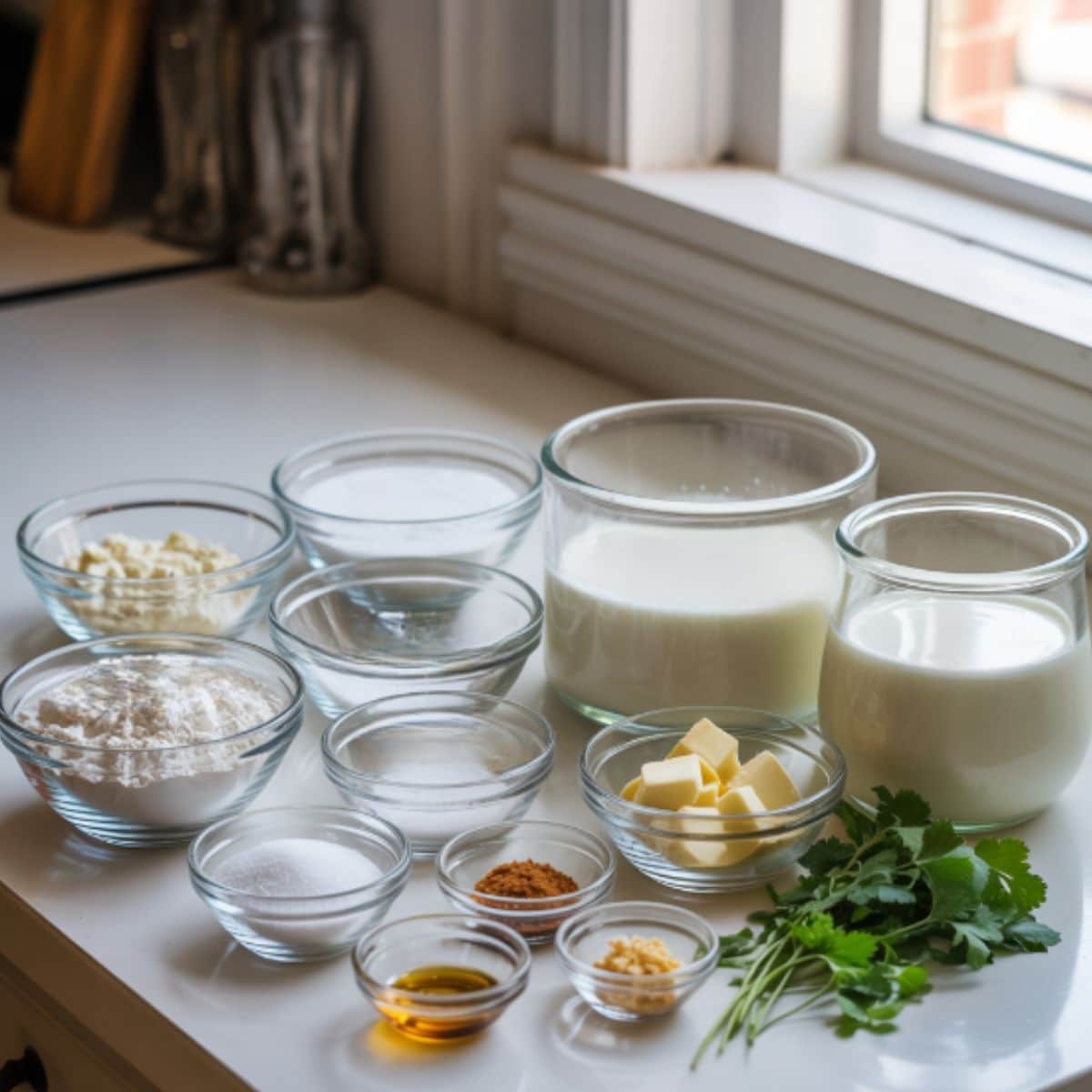
See recipe card for quantities.
Instructions
Prepare Your Dough Foundation
- Mix your chosen flour with salt and any spices in a large bowl
- Create a well in the center and add your liquid ingredients gradually
- Knead the dough for 8-10 minutes until smooth and elastic
- Cover with a damp cloth and let rest for at least 30 minutes
- For yeasted breads, allow dough to double in size before proceeding
Shape and Fill Your Breads
- Divide dough into equal portions and roll into smooth balls
- Dust your work surface with flour to prevent sticking
- Roll out each portion into desired thickness using a rolling pin
- For stuffed varieties, place filling in center and seal edges carefully
- Keep rolled breads covered with a cloth until ready to cook
Cook to Golden Perfection
- Heat your tawa, griddle, or skillet over medium-high heat
- Place bread on the hot surface and watch for bubbles to form
- Flip when bottom develops golden spots
- Brush with ghee or butter for extra flavor and shine
- For poori and bhatura, deep fry in hot oil until puffed and golden
Equipment For Indian Bread Recipes
- Heavy-bottomed tawa or cast iron skillet
- Rolling pin
- Large mixing bowls
- Clean kitchen towels
- Measuring cups and spoons
- Pastry brush for applying ghee
- Wire cooling rack
- Deep frying pan for poori
- Gas stove or electric cooktop
- Dough scraper
Expert Cooking Tips
- Always use lukewarm water to activate yeast properly in naan and kulcha
- Rest your dough; this relaxes the gluten and makes rolling easier
- Keep your rolling surface well-floured but don't overdo it
- For softer rotis and chapatis, cook on high heat for shorter time
- Steam your cooked breads by wrapping them in a cloth immediately
- Brush breads with ghee while still hot for maximum flavor absorption
- Test oil temperature by dropping a small piece of dough; it should sizzle immediately
- Don't press down on pooris while frying; let them puff naturally
- For tandoori-style char, finish naan directly over an open flame
- Make extra dough and freeze portions for quick weeknight meals
Recipe Variations
- Garlic naan: Add minced garlic and chopped coriander to the dough
- Aloo paratha: Stuff with spiced mashed potato filling
- Paneer paratha: Use crumbled paneer with herbs and spices
- Methi paratha: Knead fresh fenugreek leaves into the dough
- Laccha paratha: Create layers by folding and rolling multiple times
- Masala poori: Add ajwain, red chili powder, and turmeric to the dough
- Cheese kulcha: Fill with grated cheese and herbs
- Palak roti: Incorporate spinach puree into the dough
- Beetroot paratha: Add grated beetroot for color and nutrition
- Multi-grain roti: Mix wheat flour with millet, oat, or chickpea flour
Storage
- Store cooked breads in an airtight container lined with paper towels
- Keep at room temperature for up to 2 days
- Refrigerate for up to 5 days in sealed bags
- Reheat on a hot tawa or in a microwave wrapped in a damp paper towel
- Freeze uncooked dough balls for up to 3 months
- Freeze cooked breads separated by parchment paper for up to 2 months
- Thaw frozen dough in the refrigerator overnight
- Refresh stored breads by sprinkling water and reheating
- Never stack warm breads; let them cool completely first
- For poori and bhatura, consume fresh for best texture
The Golden Rules Every Indian Bread Master Knows
Here's what separates mediocre indian bread recipes from the ones that make people ask for seconds: temperature control and timing. Your pan needs to be properly preheated; not scorching hot, but hot enough that a drop of water sizzles and evaporates within seconds. The magic happens in those first 30 seconds when the bread hits the heat; this is when the bottom sets and those beautiful bubbles begin to form. Too cool, and your bread becomes tough and chewy; too hot, and you'll have burnt spots with raw dough in between.
The second secret that transforms good indian bread recipes into great ones is the resting period. Whether you're making simple rotis or elaborate stuffed parathas, giving your dough time to rest allows the gluten strands to relax, making rolling easier and the final texture softer. Professional cooks know that rushed dough equals tough bread; patience isn't just a virtue here, it's a requirement. Cover your dough with a damp cloth during resting to prevent a dry skin from forming, and watch how your breads transform from dense discs into soft, pliable perfection that stays fresh for hours.
FAQ
What are five popular Indian breads?
The five most beloved indian bread recipes include naan, a leavened flatbread traditionally cooked in a tandoor with a fluffy, slightly chewy texture; roti or chapati, an everyday unleavened whole wheat bread that's a staple in most Indian households; paratha, a layered flatbread often stuffed with vegetables or paneer; poori, a deep-fried puffed bread perfect for festive occasions; and bhatura, a larger fermented fried bread commonly paired with chickpea curry. Each of these indian bread recipes serves different purposes, from daily meals to special celebrations, making them essential components of Indian cuisine.
What's the easiest Indian bread to make?
Roti or chapati ranks as the easiest among indian bread recipes for beginners because it requires just three ingredients: whole wheat flour, water, and salt. Unlike naan which needs yeast and resting time, or poori which involves frying, basic roti comes together in minutes. You simply knead the dough, let it rest briefly, roll into circles, and cook on a hot griddle. The forgiving nature of this recipe means minor imperfections won't ruin the final result. Most indian bread recipes for roti don't even require precise measurements; experienced cooks often make it by feel, adding water until the dough reaches the right consistency.
What is the secret to perfect naan?
The secret to restaurant-quality naan lies in three crucial elements within indian bread recipes: proper fermentation, high heat, and the right flour blend. First, allow your yeast dough to rise fully until doubled; this creates those characteristic air pockets and soft texture. Second, use a combination of all-purpose flour and yogurt to achieve the perfect chewy-yet-tender consistency that defines authentic naan. Finally, cook your naan on the hottest surface possible; traditionally a tandoor reaching 900°F, but home cooks can achieve similar results using a preheated cast iron skillet or pizza stone. Brushing with garlic butter immediately after cooking elevates these indian bread recipes from good to unforgettable.
What is the traditional Indian bread?
Roti, also called chapati, is considered the most traditional and ancient among indian bread recipes, dating back thousands of years as a staple in Indian households. This unleavened whole wheat flatbread represents the foundation of Indian cuisine, served at virtually every meal across the country. While regional variations exist; with some areas preferring thicker rotis and others paper-thin versions; the basic concept remains unchanged. Unlike more elaborate indian bread recipes that emerged later with Mughal influence, roti's simplicity reflects its agricultural roots, made from locally grown wheat and cooked on basic griddles. This humble bread continues to be the most commonly consumed variety in India today.
Bringing It All Together With More Delicious Recipes
Now that you've mastered these authentic indian bread recipes, your kitchen is equipped to create restaurant-quality flatbreads that'll impress everyone at your table. The techniques you've learned; from proper kneading to temperature control; form the foundation for countless variations you can explore. Remember, making perfect indian bread recipes isn't about following rigid rules; it's about understanding the relationship between ingredients, heat, and time. Each time you roll out dough and watch it transform on your griddle, you're connecting with centuries of culinary tradition.
Don't stop your baking journey here! If you're looking to expand your bread-making repertoire beyond indian bread recipes, try our 5-Ingredient Banana Bread Recipe Gluten Free for a sweet morning treat that requires minimal effort but delivers maximum flavor. And when fall arrives, our Easy Apple Fritter Bread Recipe will fill your home with the irresistible aroma of cinnamon and apples. Both recipes share the same principle you've learned with indian bread recipes: quality ingredients, proper technique, and a little patience create extraordinary results. Keep practicing these indian bread recipes, experiment with different fillings and flavors, and soon you'll develop your own signature style that your family will request again and again.
From my kitchen, with heart.
Nicole Harper ❤️
Related
Looking for other recipes like this? Try these:
Pairing
These are my favorite dishes to serve with indian bread recipe

Authentic Indian Bread Recipe
Equipment
- 1 Tawa or cast iron skillet For cooking breads
- 1 Rolling pin To roll dough evenly
- 1 Large mixing bowls 2, for dough prep
- 1 Clean kitchen towels 2, to cover dough & breads
- 1 Pastry brush For applying ghee/butter
- 1 Wire cooling rack To rest breads
- 1 Deep frying pan For poori & bhatura
- 1 Measuring cups/spoons Accurate measuring
Ingredients
- 2 cups Whole wheat flour For roti/chapati
- 2 cups All-purpose flour For naan/kulcha
- 1 teaspoon Active dry yeast For naan & bhatura
- 0.5 cup Yogurt Adds softness
- 0.5 cup Milk Warmed
- 1 cup Warm water For kneading
- 2 tablespoon Ghee or butter For brushing
- 1 teaspoon Salt Adjust to taste
- 1 teaspoon Sugar For yeast activation
- 0.5 teaspoon Baking powder For kulcha
- 0.25 teaspoon Baking soda For bhatura
- 3 tablespoon Oil For frying/softness
- 1 teaspoon Nigella seeds Optional for naan
- 2 tablespoon Fresh coriander Chopped
Instructions
- Mix flour, salt, water; knead until smooth.
- Cover and rest dough (30 mins).
- Shape into equal balls.
- Flatten with rolling pin.
- Add stuffing if making paratha.
- Griddle until bubbles form.
- Cook other side golden.
- Apply ghee or butter.
- Deep fry for poori/bhatura.
- Pair with curries hot.

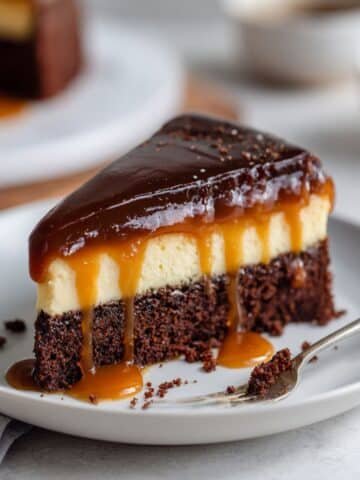
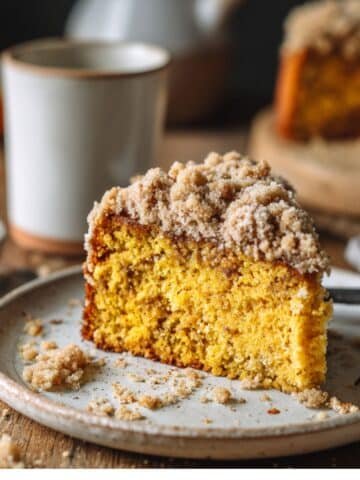
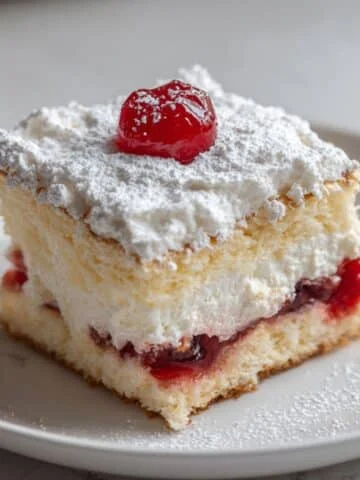
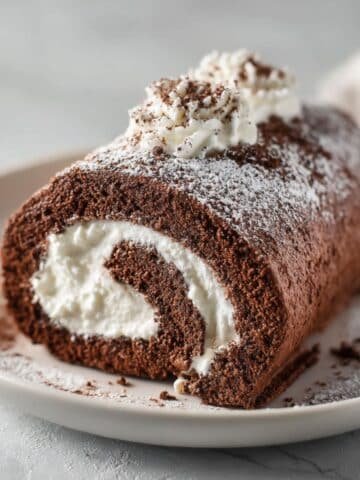
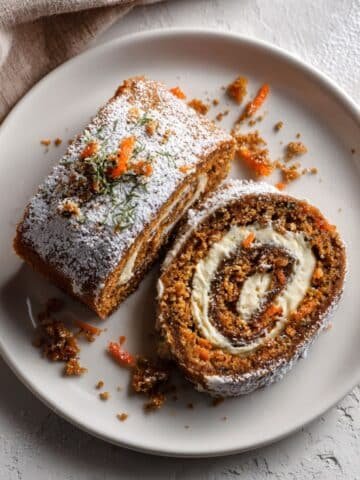

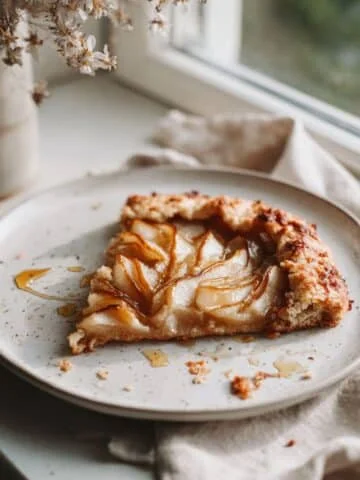
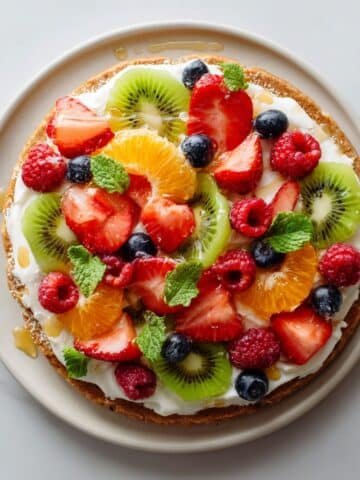
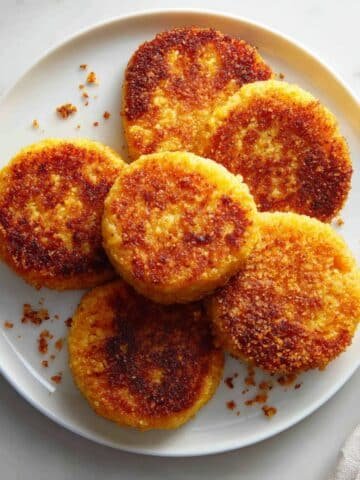
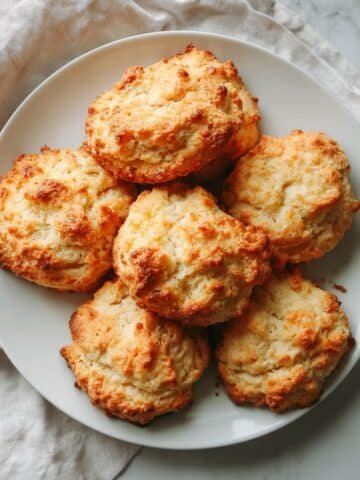
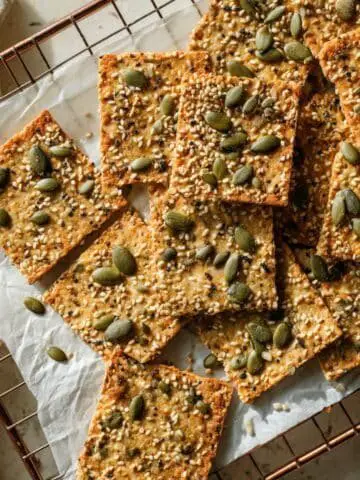
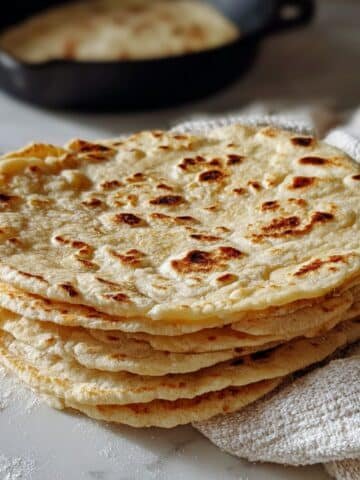
Leave a Reply